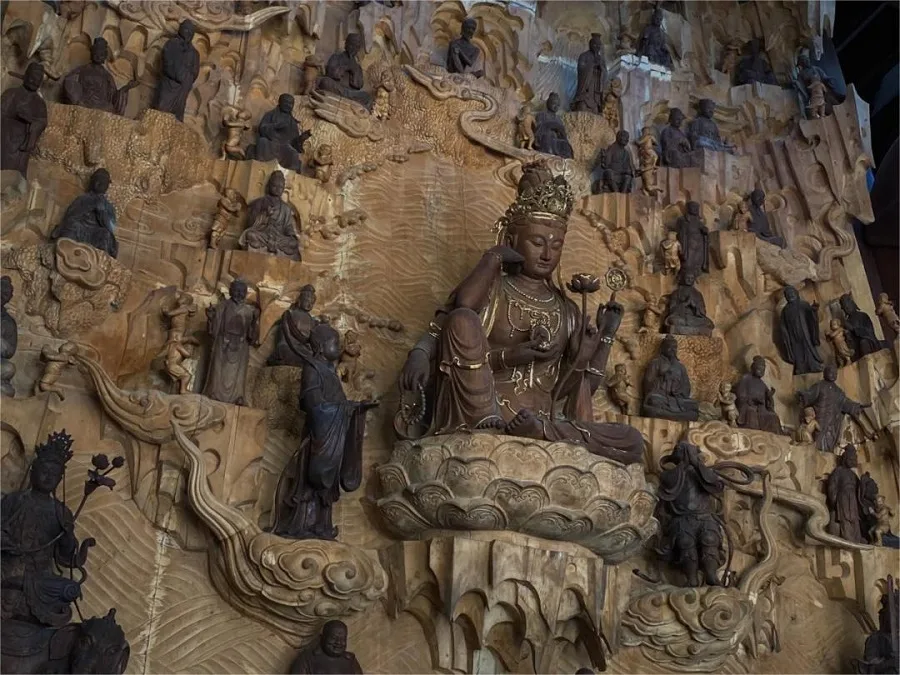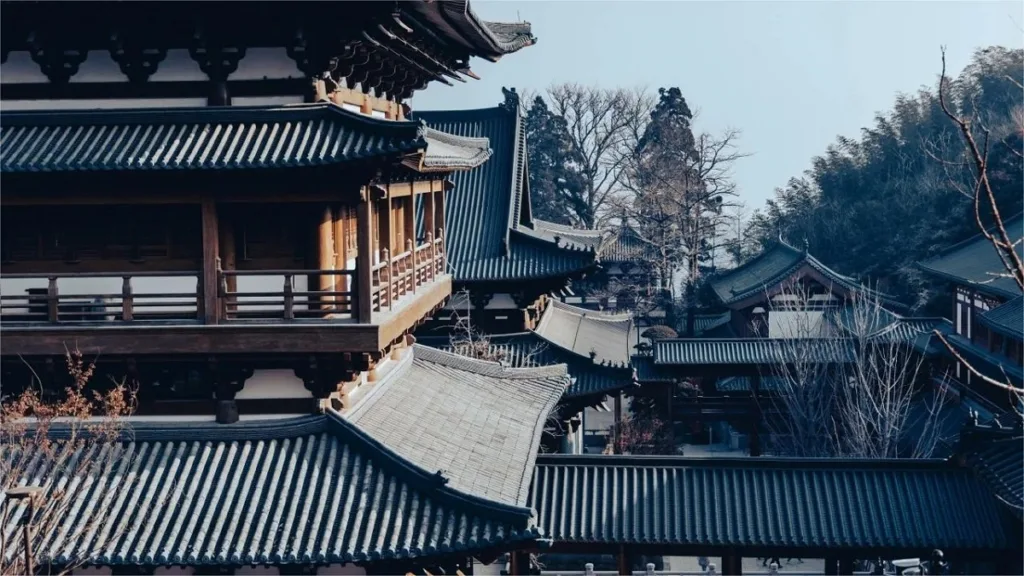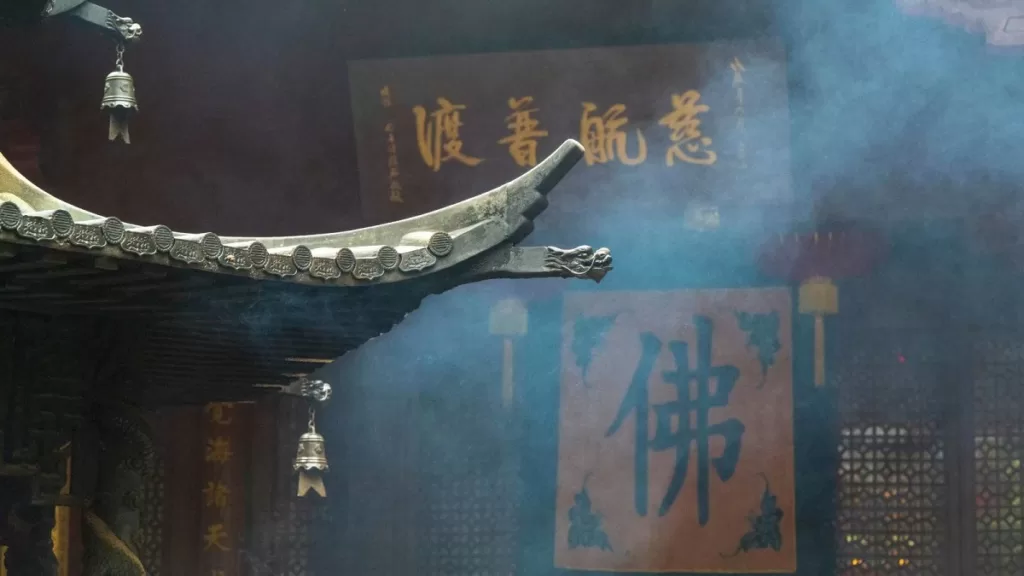Jingshan Temple (径山寺), located in Hangzhou, dates back to the Tang Dynasty (881-884 AD) and was originally named “Wuxing Zhengzhen Monastery (吴兴正真禅院)” by the Wuyue King Qian Mu during the Five Dynasties period. It was later renamed “Miaojue Temple” during the Song Dynasty. During the Southern Song Dynasty, Jingshan Temple flourished as one of the five major Zen temples in Jiangnan, alongside Lingyin Temple, Jingci Temple, Tiantong Temple, and Ayuwang Temple. At its peak, the temple housed over 1,700 monks and boasted more than 1,000 buildings. However, due to wars and neglect, most of the original structures have been lost, with only the bell tower and several relics remaining.
During the Southern Song Dynasty, Japanese monks brought Zen Buddhism and tea culture back to Japan from Jingshan Temple, laying the foundation for the Japanese tea ceremony. Today, Jingshan tea, produced locally, is renowned for its delicate fragrance and is highly esteemed.
Table of Contents
- Basic Information
- Location and Transportation
- Highlights of Jingshan Temple
- Vlog about Jingshan Temple
- Other Notable Temples in Hangzhou
Basic Information
| Estimated Length of Tour | 1 – 2 hours |
| Ticket Price | 30 RMB |
| Opening Hours | 6.00 -16.00 |
| Telephone Number | 0086-0571-88601090 |
Location and Transportation
Jingshan Temple is located in Jingshan Town, Yuhang District, Hangzhou, Zhejiang Province. Visitors can take Metro Line 3 in Hangzhou to Dongyue Station (东岳站) , then transfer to Bus Line Six Parks (六公园) to Jingshan Temple Special Bus Line. Get off at Tongqiao (Jingshan Temple) Station.
Highlights of Jingshan Temple
Three Iron Buddha Statues

Cast in the 11th year of the Ming Dynasty’s Zhengtong reign (1446 AD), these three iron Buddha statues are collectively known as the “Three Holy Ones of the Western Paradise.” Each statue depicts a different Buddhist figure: Guanyin Bodhisattva on the left, Amitabha Buddha in the center, and Mahasthamaprapta Bodhisattva on the right. Seated on lotus pedestals, adorned in monk robes, and with lifelike expressions, these statues represent the pinnacle of iron casting craftsmanship during the Ming Dynasty.
Bell Tower and Great Bell

Situated on the western slope of the Yangfeng Peak, the Bell Tower in Jingshan Temple stands 12 meters tall, with a width and depth of 8.11 meters and 8.14 meters, respectively. The tower houses four golden pillars measuring 0.36 meters in diameter and spaced 2.9 meters apart, forming a square structure that supports the “bell frame” holding the Yongle Great Bell.
The Yongle Great Bell, measuring 2.4 meters in height and with a mouth diameter of 1.8 meters, weighs approximately 9700 kilograms. When struck, the bell produces a resonant and far-reaching sound, reverberating across a radius of ten kilometers.
Sino-Japanese Exchange

A highlight of Jingshan Temple lies in its pivotal role in the history of Sino-Japanese Buddhist and cultural exchange. During the Song, Yuan, and Ming Dynasties, Japanese monks frequently visited the temple. In the later period of the Southern Song Dynasty, prominent Japanese monks such as Shunjo, Gen’en Ben’en, Wuben Juexin, and Nanpu Zhaoming came to Jingshan Temple to study Zen under the guidance of masters like Wujun and Xudang Zhiyu, before returning to Japan to propagate the Linji Zen tradition across various regions.
Additionally, they brought back Chinese tea classics and tea utensils from Jingshan Temple, introducing tea cultivation, processing techniques, and tea ceremony rituals to Japan. This transmission led to the establishment of the “Jingshan Tea Banquets” and the systematic integration of Chinese Zen temple tea ceremonies into Japan, gradually evolving into the Japanese tea ceremony. The adoption of these tea ceremonies became significant ceremonial practices within the Japanese shogunate and elite society.




